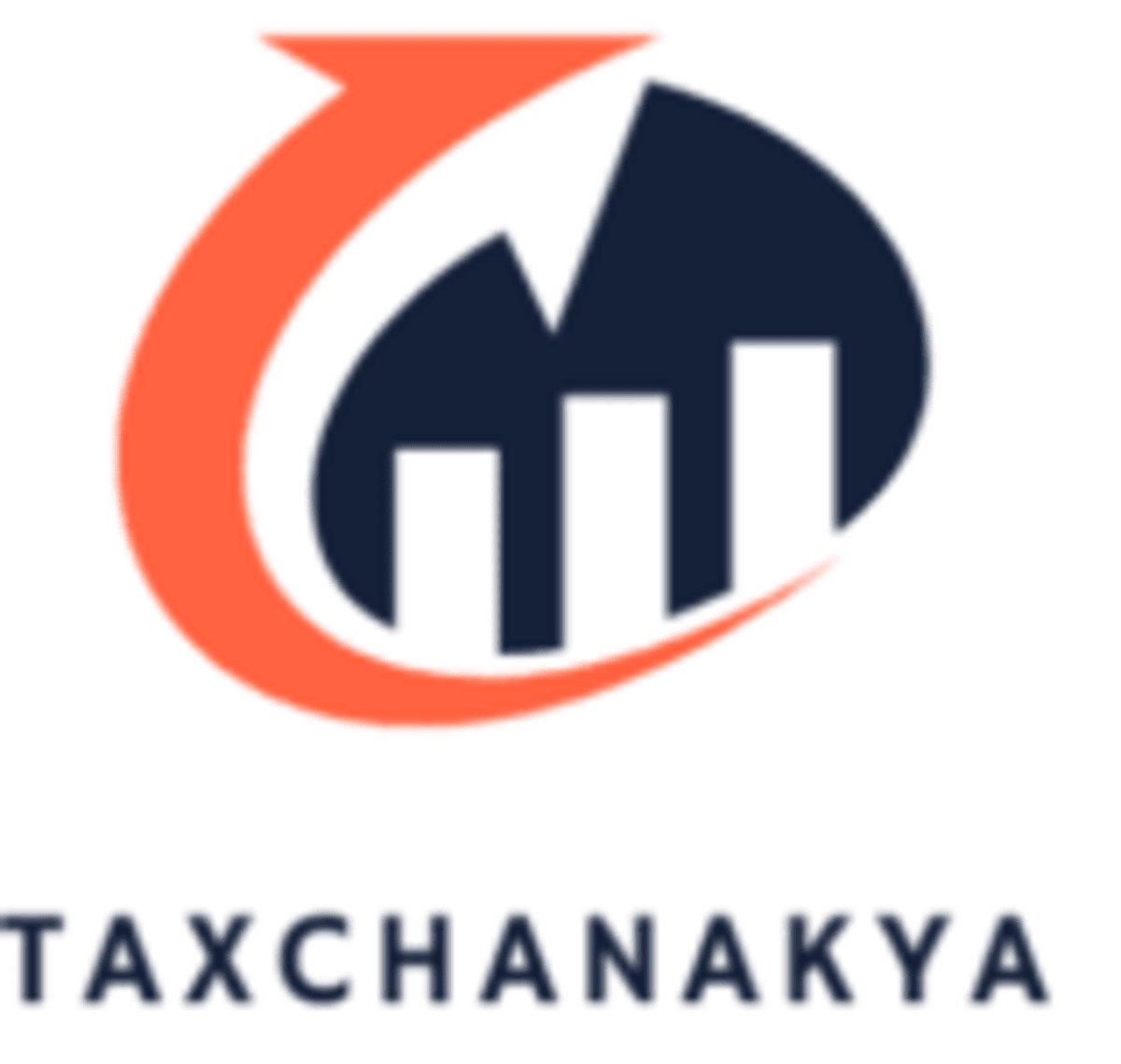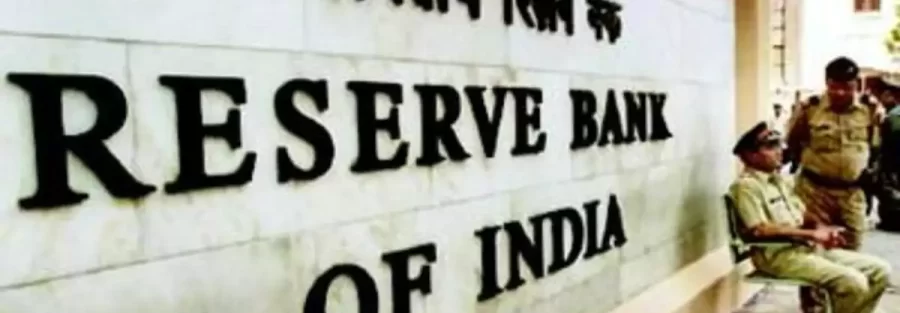Inflation and interest rates are inversely proportional. People borrow more from banks and save less when interest rates are low. This increases both the supply and demand for money in the economy. As a result, commodity prices rise, causing inflation. In this scenario, the RBI raises interest rates in order to reduce the money supply. When interest rates are high, however, people tend to borrow less and save more. As a result, the money supply and demand for goods and services both fall, as do prices. In this case, the central bank lowers interest rates through monetary policy.
In this manner, the RBI attempts to balance the money supply and interest rates in order to foster economic growth. The RBI’s monetary policy refers to the management of interest rates, money supply, and credit availability in order to boost economic growth.
The Finance Act of 2016 amended the Reserve Bank of India Act of 1934 to give the Monetary Policy Committee statutory status. The committee is tasked with managing benchmark policy rates or Repo Rates in order to keep the economy’s inflation level stable while pursuing growth objectives.
- The RBI controls interest rates using the following monetary policy instruments:
- Bank Rate: The interest rate at which the central bank lends to commercial banks is known as the bank rate. When there is inflation, the RBI raises the bank rate to reduce the economy’s money supply. By doing so, the central bank ensures that commercial banks create less credit, resulting in a reduction in the money supply. When there is less money, there is less demand, and thus prices fall.
- Open Market Operations (OMO): OMO refers to the RBI’s purchase and sale of government securities. During periods of inflation, the RBI sells government securities in order to drain excess liquidity from the market. The buyer of the securities pays in rupees, resulting in a decrease in the economy’s money supply.
- Cash Reserve Ratio: The Cash Reserve Ratio refers to the percentage of deposits that banks are required to keep with the central bank in cash (CRR). As a result, if the central bank raises the CRR, banks will be forced to keep more money that cannot be lent. As a result, the money supply will contract, causing inflation to fall.
- Statutory Liquidity Ratio (SLR): The SLR is the percentage of deposits that banks must keep in the form of liquid government securities or other approved securities. An increase in the SLR means fewer funds to lend and a decrease in the money supply.
- Repo and reverse Repo Rates: The Repo Rate is the rate at which the RBI lends to banks, and the reverse Repo Rate is the rate at which banks park their surplus money with the RBI. Repo and reverse Repo Rates are used to control the money supply and are part of the Liquidity Adjustment Facility tool. An increase in the Repo Rate raises the cost of borrowing, reducing the money supply and assisting in the control of inflation.
- Marginal Standing Facility (MSF): The MSF is a penal rate at which banks borrow from the RBI above and beyond the LAF. It aids in the management of overnight interest rate volatility in interbank lending. This monetary policy tool also has an indirect impact on the economy’s interest rates and money supply.
This is how interest rates and inflation are linked. High interest rates help to reduce inflation, whereas low interest rates may cause inflation to rise. It should be noted that some inflation is beneficial to the economy.
Post Disclaimer
Disclaimer: The content/information published on the website is only for general information of the user and shall not be construed as legal advice. While the Taxchanakya has exercised reasonable efforts to ensure the veracity of information/content published, Taxchanakya shall be under no liability in any manner whatsoever for incorrect information, if any.





